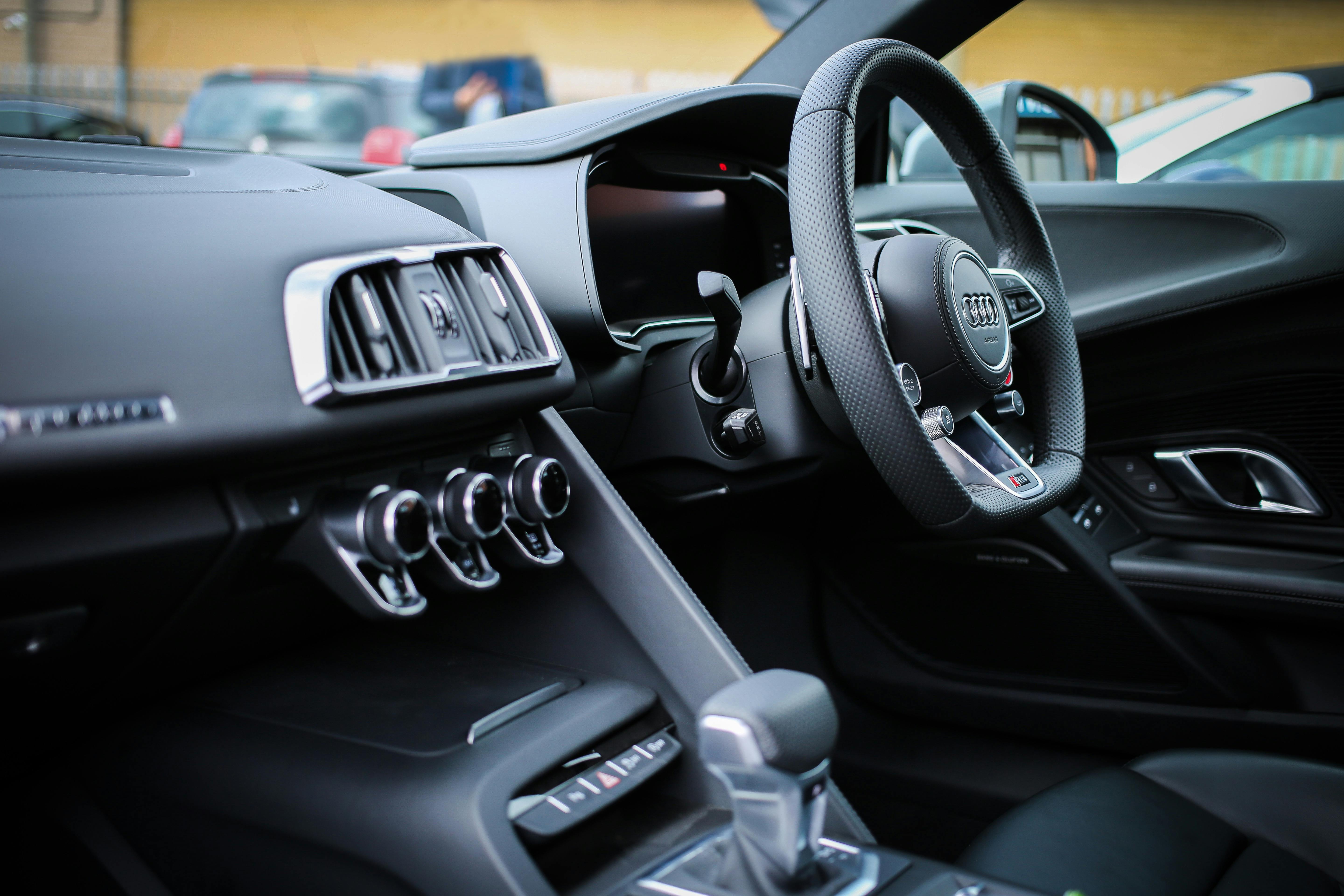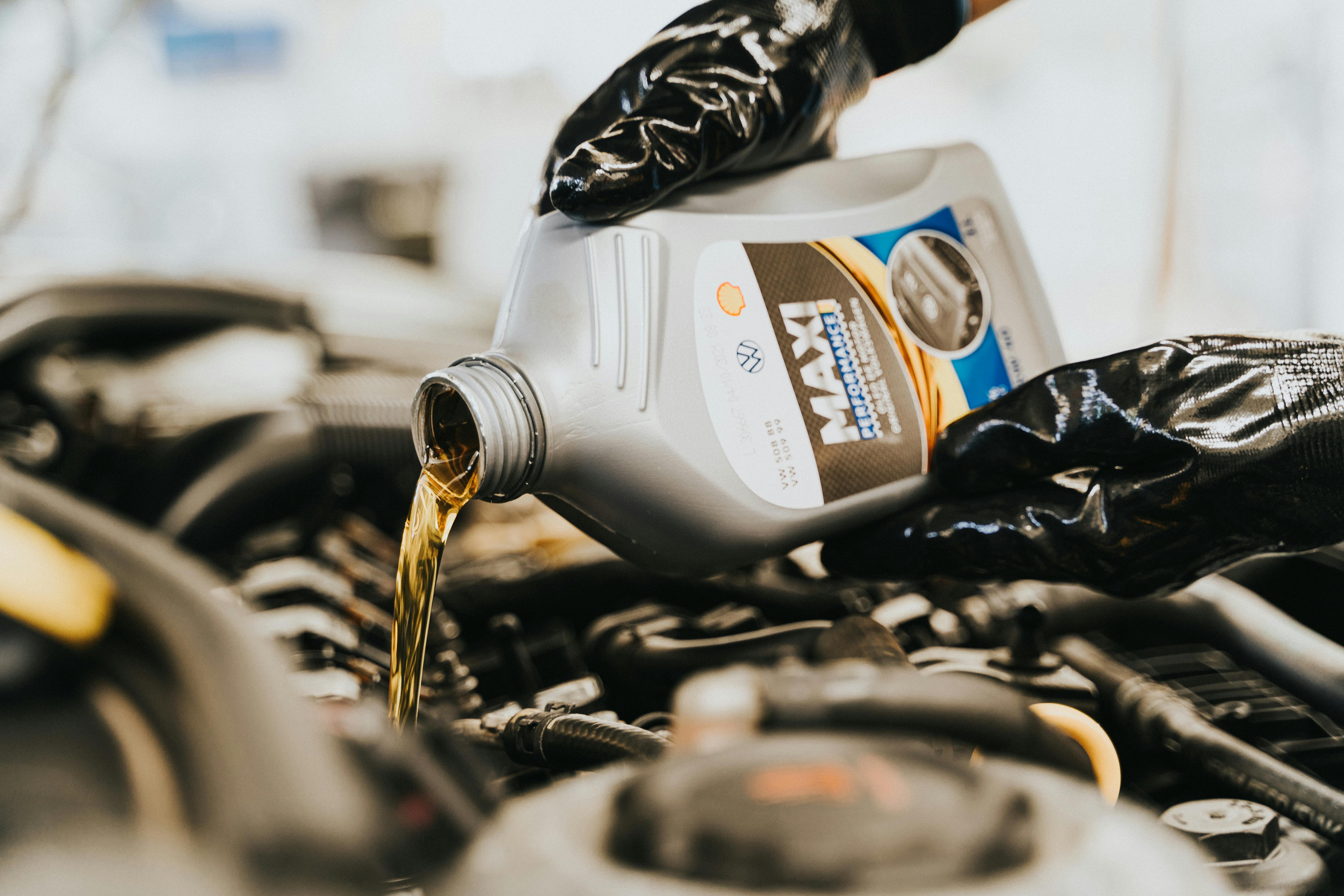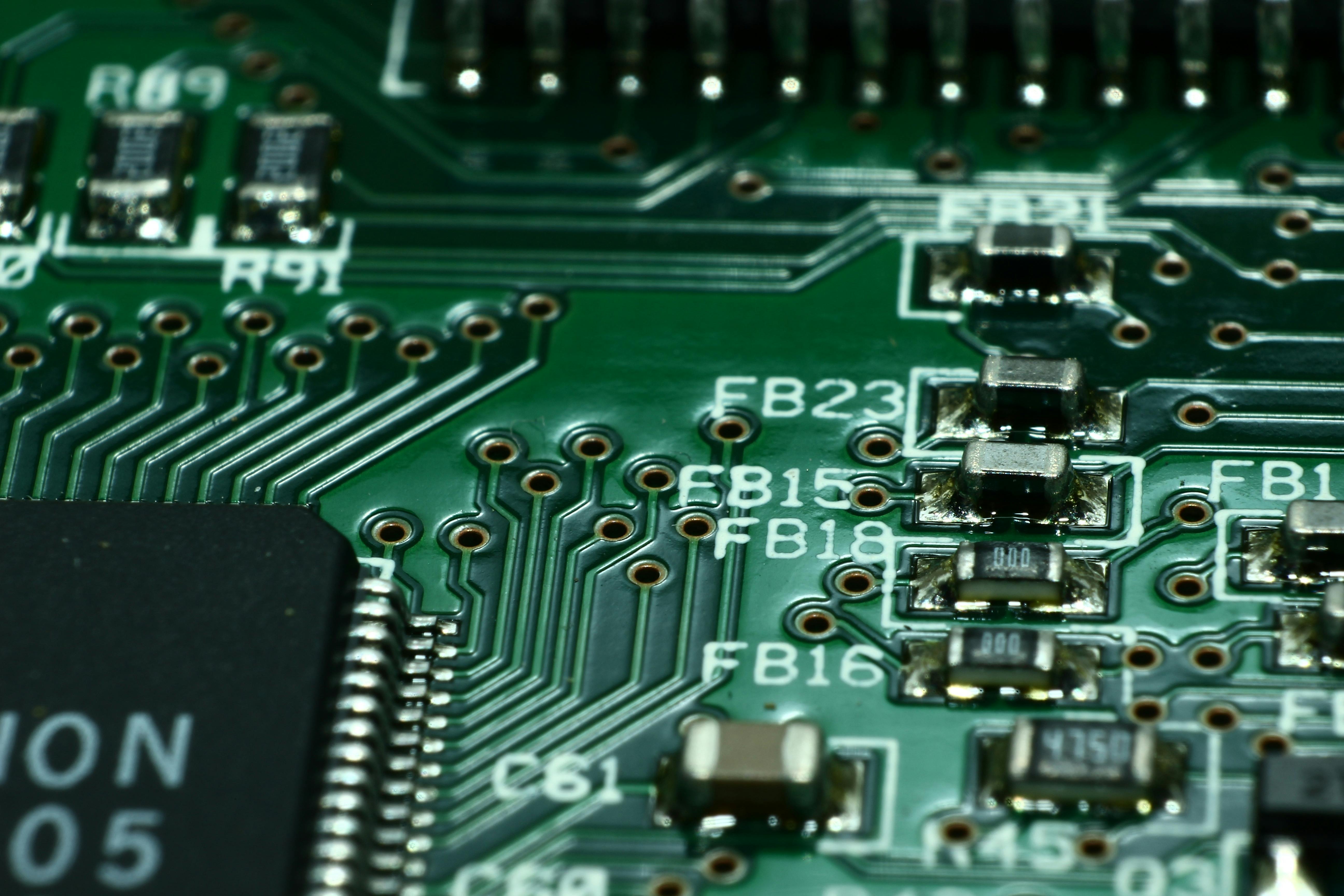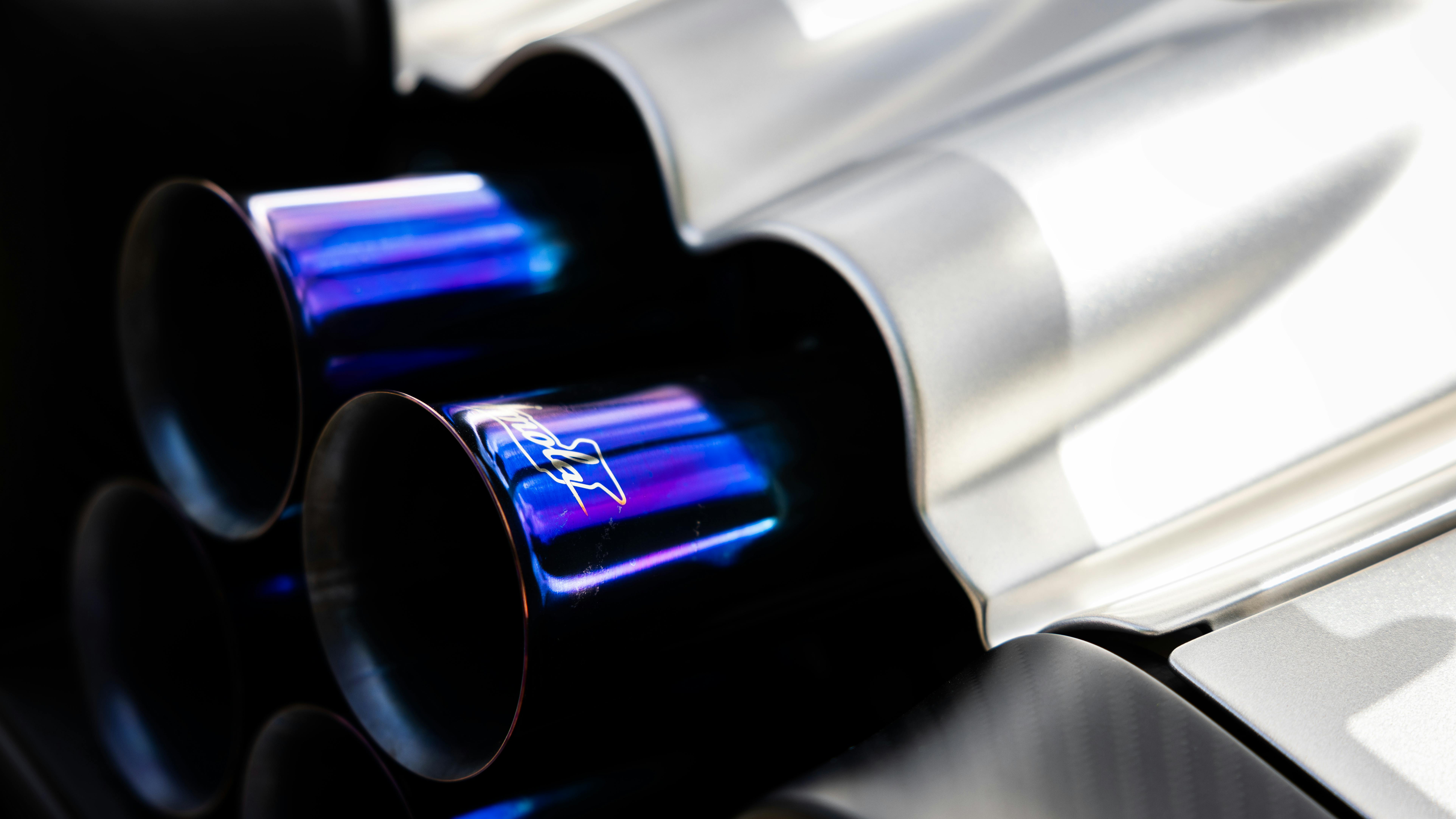Things to Check Before Buying a Used Car
Buying a used car can be a smart decision—especially with today’s prices. But it can also turn into a costly mistake if you’re not careful. Whether you're buying from a dealership or a private seller, here's a practical, no-fluff checklist to follow before sealing the deal.
For fast help diagnosing used car issues, you can always try Carithm, the AI car mechanic.
1. Vehicle History Report

Always start by requesting a vehicle history report. Services like Carfax or AutoCheck reveal if the car has been in major accidents, floods, had odometer rollbacks, or was used as a rental or taxi. Never skip this step—it’s your first line of defense.
2. Inspect for Rust or Body Damage
Walk around the car and look closely for rust, mismatched paint, or signs of previous repairs. Small scratches are okay, but large areas of rust or bent panels may indicate deeper damage. Use a flashlight to look under wheel wells and underbody panels.
3. Check the Tires

Uneven tire wear could signal suspension or alignment issues. Tires should wear evenly across the tread and have at least 4/32” tread left. Replacing four tires right after buying a car is an expense you want to avoid.
4. Examine the Engine Bay
Open the hood. Look for oil leaks, cracked belts, or corroded battery terminals. If the engine bay is spotless, that’s not always good—it might be cleaned to hide leaks. Consider using Carithm to explain what you see or hear under the hood.
5. Fluid Levels

Check the oil, transmission fluid, brake fluid, and coolant. Oil should be clean and brown—not black and gritty. Transmission fluid should be pink or red, not brown. Dirty fluids often mean poor maintenance.
6. Test Drive the Car
Don’t just drive around the block. Test it in real-world conditions—highway speeds, turning, braking, and idling. Listen for odd noises, pay attention to vibrations, and check the alignment. If something feels off, trust your instincts—or use Carithm to describe symptoms and get a quick AI diagnosis.
7. Check the Electronics

Test the radio, A/C, heater, windows, locks, lights, and infotainment system. Modern cars are full of electronics, and replacing a broken infotainment screen can cost thousands.
8. Scan for OBD-II Codes
Even if the check engine light is off, hidden codes may still be stored. Many auto parts stores will scan for free, or you can plug in a Bluetooth scanner and ask Carithm what the codes mean. Don’t buy a car with unresolved codes.
9. Look at the Exhaust

Start the car and observe the exhaust. Blue smoke = oil burning. White smoke = coolant in combustion chamber. Black smoke = too much fuel. All of these are red flags.
10. Negotiate with Confidence
Use what you find as leverage to negotiate. If the tires are worn or the brakes are squeaky, that’s real money off the asking price. And if something feels wrong, don’t be afraid to walk away. There are always other cars.
Bonus Tip: Want a second opinion? Try Carithm. It’s free and uses AI to analyze car problems based on what you describe.
Final Thoughts
A used car can serve you well for years if you choose wisely. Take your time, follow this checklist, and don’t skip any steps. When in doubt, get a mechanic’s help—or consult Carithm for instant car problem diagnosis.
Stay safe and shop smart!